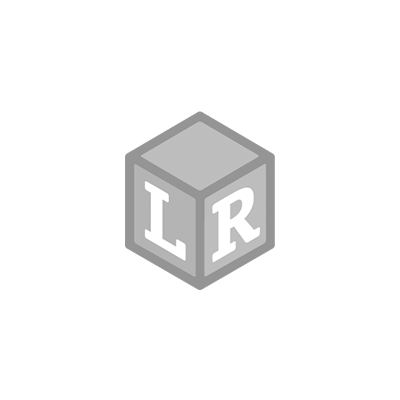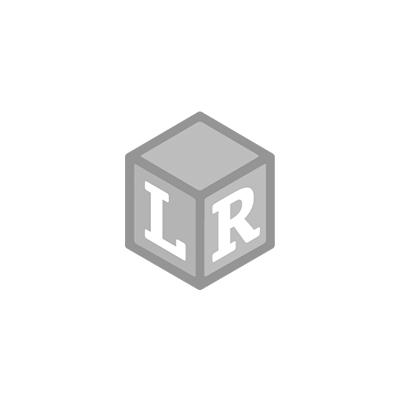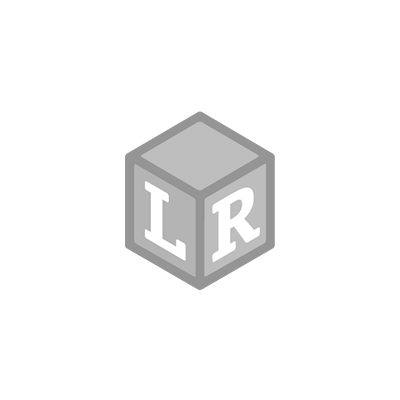
Fun Money Lesson Plans for Tax Day
- Patria Lincoln Posted On Apr 16, 2018 | Math
Tax Day is upon us, and while that may sound like a super boring lesson to weave into your classroom, money and financial literacy are important math topics to include not only during tax season, but year-round. Check out my three favorite ways to integrate money learning at home and school, as well as my rationale behind their importance and tips for making the most of money mania with your kiddos!
Money Play:
Provide students with opportunities to experience and explore money play. We all remember playing with fake cash registers, imagining we were working at a store or restaurant. Those experiences are important for so many reasons. Check out my favorite money play items from Learning Resources.
- Pretend & Play® Calculator Cash Register
- Serve It Up! Play Restaurant
- Pretend & Play® Supermarket Set
Below are just a few of the benefits of such money play:
- Real-world math/money experiences: Perfect play for early money concepts
- Exposure to bills and coins: Can be used to sort and start early discussions about values of each.
- Money concepts introduced, even before kiddos are able to fully count money.
- Language experiences with money and financial literacy vocabulary
Money Games:
Once your children/students are able to grasp higher level counting, money, and other math topics, it’s a great time to weave money math into games. So many students struggle with learning about coin values, spending/saving, paying for and making change. When given fun, hands-on, engaging opportunities to do so, you will see them love learning about math through money. My 6 year old son, Grayson, cannot get enough of this Buy It Right™ Shopping Game from Learning Resources! I have to convince him to take a break...and that’s a great problem to have!

Money Fluency:
Math fluency is a hot topic in education, and it’s necessary to help little learners build better fluency skills. By building money fluency skills you're building math skills! I LOVE the simplicity, yet flexibility and effectiveness of this Coin Cube Set: Heads and Tails from Learning Resources.

Check out a few of the activities I suggest partnering with them in order to build money math fluency in a fun way for your children/students:
- COIN IDENTIFICATION: With heads or tails dice, students simply roll and record which coin they land on. You could keep tallies per coin and then have students compare totals for a fun twist.
- COIN VALUES: Much like coin identification above, students roll and identify the coins, then they extend that concept by also declaring the values. Keep a tally of how many times each coin is rolled, and then students can total up final values of all coins by type to compare who has the most for an added challenge.
- COIN COMPARISON: Partners each roll one coin dice. They then compare the coins landed upon and record the coins and the greater than, less than, or equal to results. Students may “keep score” by making tallies for how many times their dice lands on a greater than coin.
- COIN TOTALS: Roll both coins and total up the value. Students may each take 10 turns doing this, and then find the grand total of monetary value rolled throughout the game. The player with the highest total wins the game.
- COIN EQUIVALENCIES: Students follow the steps in the coin totals activity above, but this extends their fluency to a higher level. Once students have the sum value of their two coins rolled, they use play money to make a DIFFERENT combination of coins with the SAME value.
I hope these quick, simple, and super fun hands-on opportunities to weave money math into your daily routine have been helpful! Money is such an important life math skill, so see if you can weave something from this post, old favorite activities you already have, or new ideas that this may have sparked into your daily and/or weekly math routines. Your students will love them, and you’ll be helping reinforce money math skills (and many others) in a painless and fun way!
 Shop UK Site
Shop UK Site 















